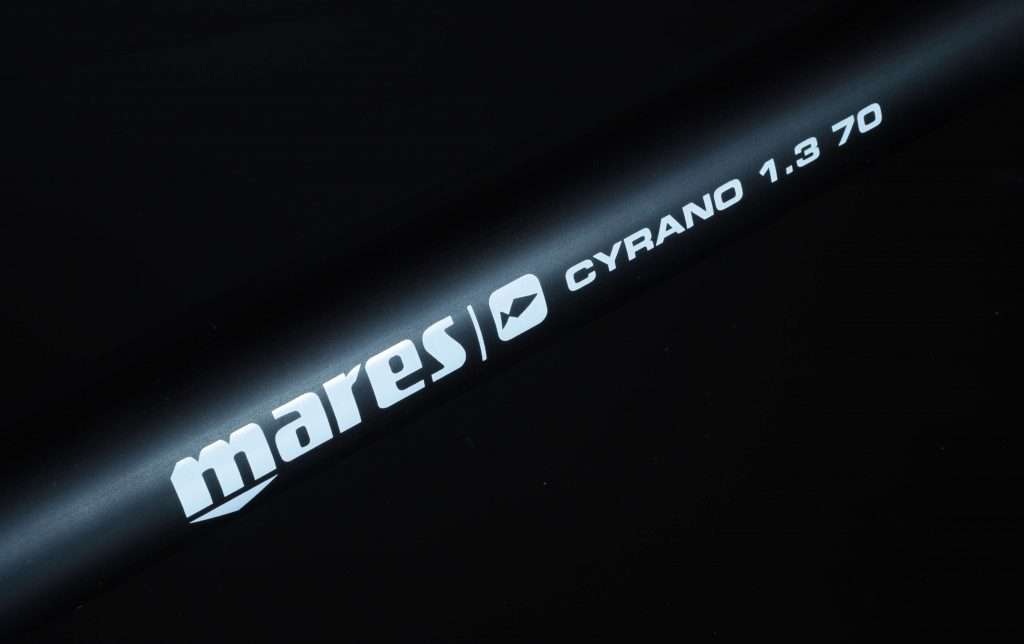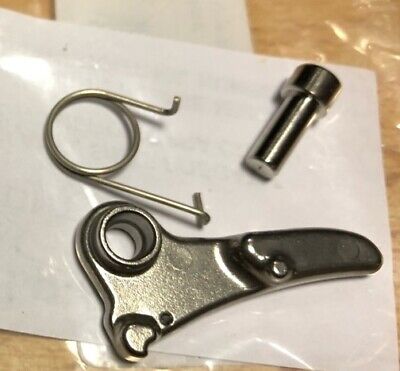Mares now have a metal line release lever for the "Evo", if you fit it then make sure the trigger adjustment is wound out or you will bust some other part of the gun.
https://www.ebay.com/itm/spearfishing-speargun-MARES-SS-LINE-RELEASE-FOR-CYRANO-EVO-HF/263944983573?_trkparms=aid=333200&algo=COMP.MBE&ao=2&asc=56586&meid=bd32ca8230214f8f8eea23792a6dae4f&pid=100008&rk=2&rkt=12&sd=132997261042&itm=263944983573&_trksid=p2047675.c100008.m2219

This is the plastic version https://www.ebay.com/itm/Mares-Line-release-for-Cyrano-Evo-HF-Spearfishing-Spearguns-Accesorries/264094860963?_trkparms=aid=333200&algo=COMP.MBE&ao=1&asc=20190129125700&meid=8dbc0a6b5e314f0596712fa126e605fe&pid=100752&rk=1&rkt=12&sd=263944983573&itm=264094860963&_trksid=p2047675.c100752.m1982

https://www.ebay.com/itm/spearfishing-speargun-MARES-SS-LINE-RELEASE-FOR-CYRANO-EVO-HF/263944983573?_trkparms=aid=333200&algo=COMP.MBE&ao=2&asc=56586&meid=bd32ca8230214f8f8eea23792a6dae4f&pid=100008&rk=2&rkt=12&sd=132997261042&itm=263944983573&_trksid=p2047675.c100008.m2219
This is the plastic version https://www.ebay.com/itm/Mares-Line-release-for-Cyrano-Evo-HF-Spearfishing-Spearguns-Accesorries/264094860963?_trkparms=aid=333200&algo=COMP.MBE&ao=1&asc=20190129125700&meid=8dbc0a6b5e314f0596712fa126e605fe&pid=100752&rk=1&rkt=12&sd=263944983573&itm=264094860963&_trksid=p2047675.c100752.m1982
Last edited:






